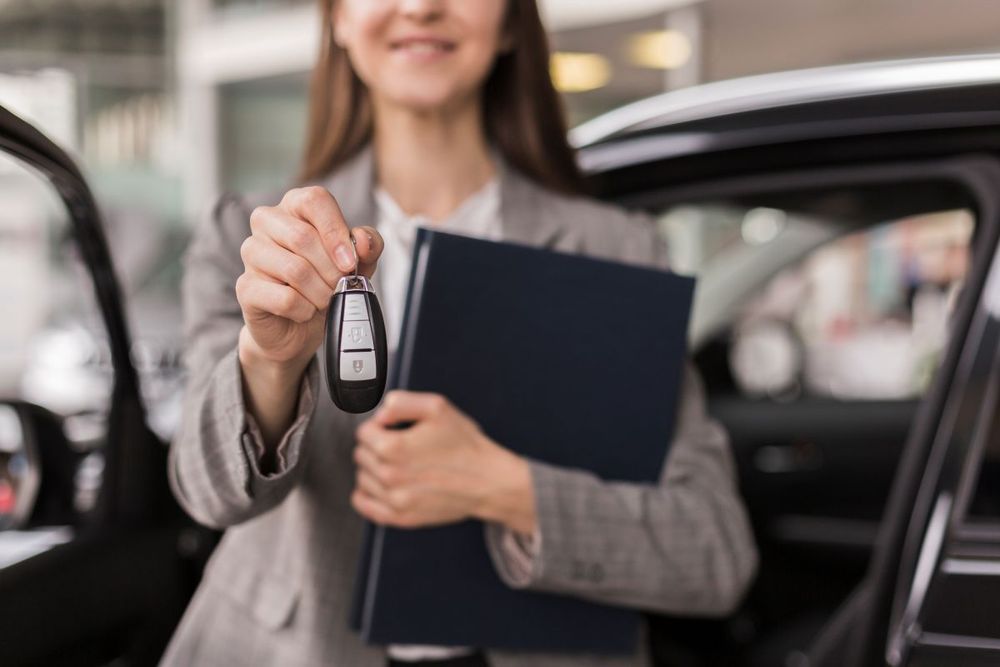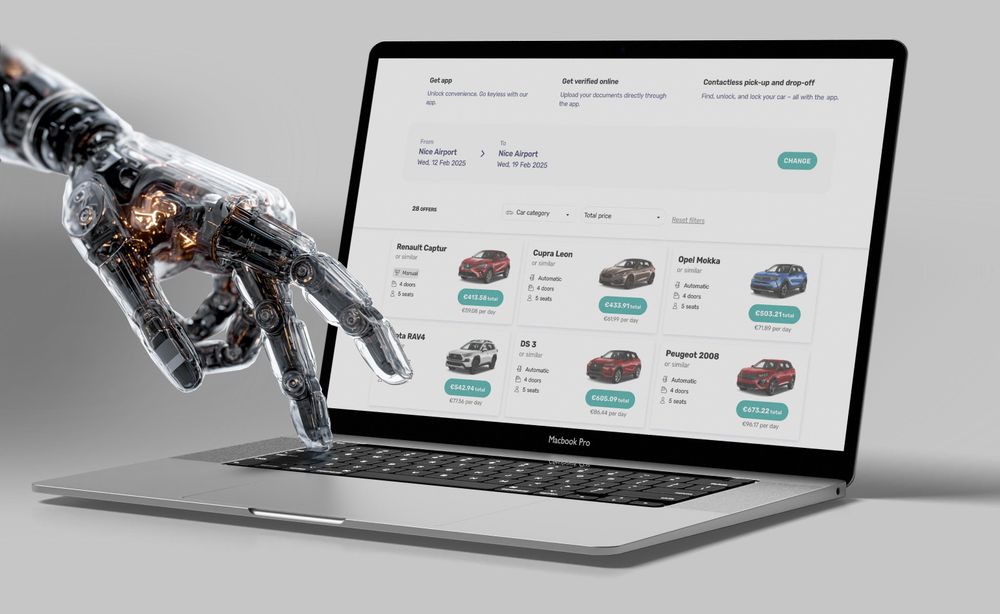Shared mobility is an umbrella term for transportation models such as bike-sharing, ride-hailing, car-sharing and carpooling. These are hybrid systems between private vehicles and public transportation that people use “as-needed”. The sharing of a vehicle can take place at the same time as a group (carpooling) or one after another as a personal rental (car-sharing).
Advances in technologies make vehicle and data sharing easier and more efficient. This is why shared mobility is often synonymous with new mobility – enabled by digital technology, and driven by real-time data. Some approaches also classify public transportation as shared mobility. But since it is usually not accessible on-demand, it differs from other types of shared mobility. The three main types are:
Micromobility
This covers the sharing models of small, low-speed means of transport, mostly bikes and scooters.
Automobile-based modes
This group includes car-sharing (station-based and one-way), on-demand ride-hailing services (such as Uber and Lyft), and microtransit. The latter stands for an on-demand transportation option using vehicles larger than private cars but smaller than transit buses.
Commute-based modes
Commute-based mobility sharing is based on the idea of carpooling (or ride-sharing) where one driver moves a group of travellers with a common departure point and destination.
Shared mobility models answer the need for sustainable solutions in transportation by offering an alternative to owning a private car. Fewer cars help reduce greenhouse gas emissions and different forms of pollution. From the socio-economic perspective, shared mobility systems provide more transportation choices, creating more equitable access to jobs and other resources. This contributes to better involvement of the groups who cannot own a vehicle, either because of physical, financial, or other limitations. Moreover, sharing the vehicles helps advance the urban environment by reducing traffic jams as well as improving the efficiency of traffic routes and urban landscape use in general.




